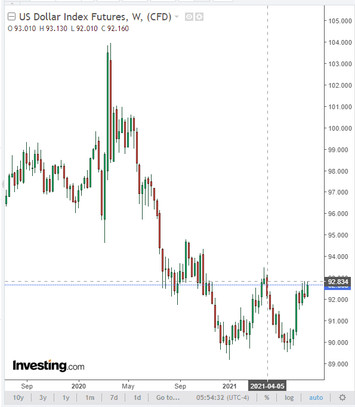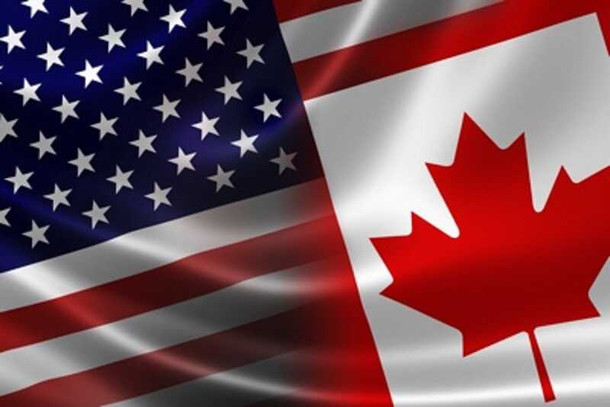During today's meeting, the RB of New Zealand kept the interest rate at the current level of 0.25%, but unexpectedly announced that it would cut economic stimulus by stopping purchases of government bonds by 23 July. According to central bank officials, inflationary pressures are intensifying and GDP is recovering from the effects of the pandemic. The bank also said in a companion statement that the risk of deflation and high unemployment rates has diminished as a result of the impact of the pandemic.
New Zealand's economy is recovering from the effects of the pandemic thanks to an increase in government spending, which is expected to double its national debt. The recovery is also supported by a stimulating monetary policy and strict quarantine measures. In May, the RBNZ signaled the likelihood of a rate hike in the third quarter of next year, but data released since then showed that the economy is performing much better than expected. Now, according to some analysts, the Reserve Bank of New Zealand may raise its key rate already at its meeting scheduled for August 18. The New Zealand dollar has strengthened sharply after the RBNZ meeting, which ended today at 02:00 (GMT).
Today, another of the world's largest central banks will hold a meeting on monetary policy issues. At 14:00 (GMT) the Bank of Canada will publish its decision on the interest rate. The Bank of Canada is widely expected to maintain its interest rate at 0.25%. However, from its side, unexpected statements are also not excluded, concerning, first of all, the issue of curtailing the stimulating policy.
The target inflation rate of the Bank of Canada is in the range of 1% - 3%. Statistics Canada reported last month, the core consumer price index (Core CPI), considered a key indicator of inflation in Canada, rose +0.4% in May (+2.8% yoy), after rising in April 2021, by +0.5% (+2.3% on an annualized basis), which is a positive factor for CAD and may begin to put pressure on the Bank of Canada towards proactive measures to tighten its monetary policy.
The CAD is also receiving strong support from rising oil prices, while still maintaining the signs of a commodity currency in many ways.
At 15:15, a press conference of the Bank of Canada will begin, during which the head of the bank Tiff Macklem will explain the decision and assess the current economic situation in the country. If the tone of his speech is tough on the monetary policy of the Bank of Canada, then the Canadian dollar will strengthen. If Macklem speaks out for maintaining a soft monetary policy, the Canadian currency will decline. In any case, high volatility in CAD quotes is expected during the period of his speech.
Volatility in the foreign exchange market and in the USD / CAD pair may also rise sharply today at 16:00, when Fed Chairman Jerome Powell begins his speech in Congress on the topic of economics and monetary policy. A more “hawkish” stance on the Fed's monetary policy is seen as positive and strengthens the US dollar, while a more cautious position is seen as negative for the USD.
Financial market participants will carefully study his speech in order to catch signals from him regarding the further actions of the Fed. Any hints from Powell confirming the possibility of a tougher approach to the Fed's monetary policy will cause the dollar to strengthen again.
Fed leaders find it increasingly difficult to contain the strengthening of the dollar against the backdrop of growing inflation in the United States, which is showing record growth rates over the past 29 years.
Now, 7 out of 12 FOMC representatives (versus 4 in March) expect the rate hike to begin in 2022. This is a strong signal that worries investors. During the 4 weeks following the June 16 FOMC meeting, the DXY index appreciated 2.4%, returning to 3-month levels.

This week is also characterized by the strengthening of the dollar. The DXY dollar index is up 52 points from the opening price of the current trading week, climbing to 92.66 by the time this article was published (this week's high was fixed at 92.83).
The June US inflation data released yesterday continued to point to an annualized rate of rise in prices above the 2.0% target set by the Federal Reserve System. The consumer price index CPI rose in June, according to these data, by +0.9% (+5.4% in annual terms), provoking a sharp strengthening of the dollar. Inflation expectations jumped from 4% in May to 4.8% in June, the highest ever since the study launched in 2013. Inflationary expectations for the next three years are still holding at 3.6%.
It will be interesting to hear what Powell now has to say about what he believes to be a "temporary" rise in inflation.





